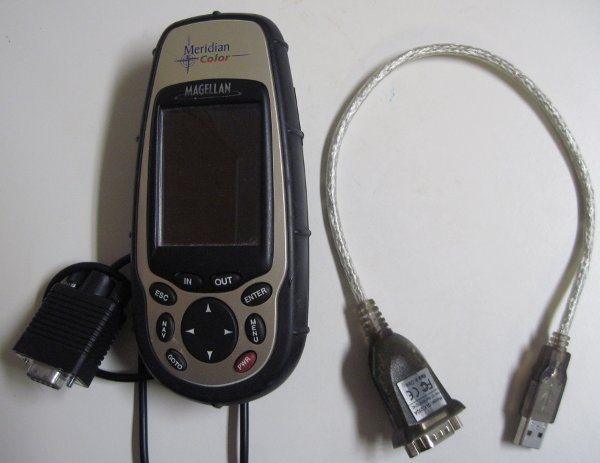HowTo Setup The NST System With A GPS (gpsd)
Why Connect A GPS?
The primary reason you would connect a GPS to a NST system is to geolocate systems based on WIFI transmissions.
- You connect a GPS to your NST system.
- You run the kismet process which will scan for systems using WIFI communications.
- You then view the locations of discovered WIFI systems in Google Earth.
This page provides information on getting a GPS properly connected to a NST system. For details on using kismet after you have your GPS connected, see: "HowTo Geolocate kismet Data".
Selecting GPS Hardware
It can be tricky in selecting GPS hardware that will be compatible with your NST system. Basically, you want to look for:
- GPS hardware which can put out the NMEA data such as the v2.1 GSA format.
- The necessary hardware and drivers to physically connect the GPS hardware to your NST system.
The Compatible GPSes list at the web site is probably a good place to start. However, GPS models change so frequently, you may find yourself searching for reader comments and feedback at on-line stores.
Here is a photo of a Magellan Meridian Color GPS with its RS-232 adapter and a serial to USB adapter which are known to work:

Unfortunately, the serial to USB adapter was purchased a long time ago (probably from http://www.cyberguys.com/). The only labeling on the serial to USB adapter shown above is a model number of GUC232.